Am not getting the vapor barrier thing, at all?
saxmaan1
17 years ago
Featured Answer
Sort by:Oldest
Comments (20)
warsher
17 years agomatt_r
17 years agoRelated Professionals
Bloomington Kitchen & Bathroom Designers · Bonita Kitchen & Bathroom Designers · Rancho Mirage Kitchen & Bathroom Designers · United States Kitchen & Bathroom Designers · Eureka Kitchen & Bathroom Remodelers · Newberg Kitchen & Bathroom Remodelers · Schiller Park Kitchen & Bathroom Remodelers · Lake City Glass & Shower Door Dealers · Victorville Glass & Shower Door Dealers · Port Orange Glass & Shower Door Dealers · El Sobrante Window Treatments · Palm Beach Gardens Window Treatments · Sayreville Window Treatments · Seattle Window Treatments · Winter Garden Window Treatmentsbill_vincent
17 years agoworthy
17 years agoskippertoo
17 years agobill_vincent
17 years agoterezosa / terriks
17 years agobill_vincent
17 years agoorganic_donna
17 years agobill_vincent
17 years agoMongoCT
17 years agohrd2pls
17 years agonj_smitty
17 years agosaxmaan1
17 years agobill_vincent
17 years agodfcar1
16 years agoMongoCT
16 years agonewjohnnyb_hotmail_com
13 years agojrp02809
4 years ago
Related Stories

HEALTHY HOMEHow to Keep Water Vapor From Ruining Your House and Your Health
We help you find out when it’s happening, what it means and how to fix it
Full Story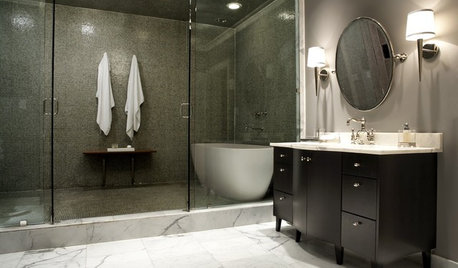
BATHROOM DESIGNHow to Choose Tile for a Steam Shower
In steamy quarters, tile needs to stand up to all that water and vapor in style. Here's how to get it right the first time
Full Story
HOUSEKEEPINGHow to Clean Grout — Stains and All
If your grout is grossing you out, this deep-cleaning method will help it look new again
Full Story
FLOWERSGet Coneflower Blooms All Summer Long
Plant these 5 native species to bring beauty to the garden — and pollen to the insects — from June through August
Full Story
HOUZZ TOURSHouzz Tour: Mexican Home Gets an All-Access Pass
Flush thresholds and ramps are just some of the universal design features that make this Cabo Pulmo home entirely wheelchair accessible
Full Story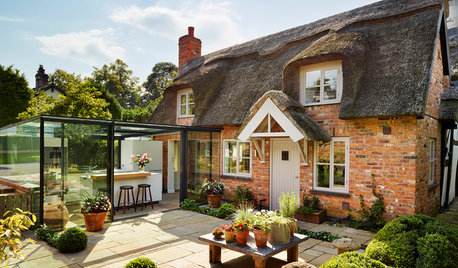
HOMES AROUND THE WORLDStorybook Cottage Gets an All-Glass Kitchen
A showstopping addition to a traditional thatched cottage houses a contemporary kitchen
Full Story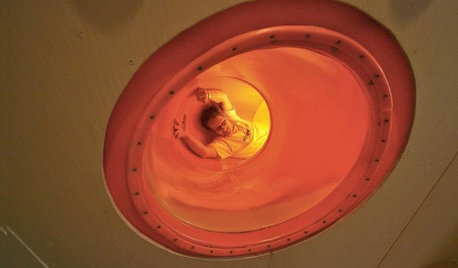
FUN HOUZZIndoor Slides Make Getting There All the Fun
Take a straight shot between floors or twist up your ride with a spiral. An indoor slide puts the playground right at your feet
Full Story
VINTAGE STYLEGet Away From It All in a Glamper
A glammed-up camper can transport you to a happy place, whether in your yard or on the highway
Full Story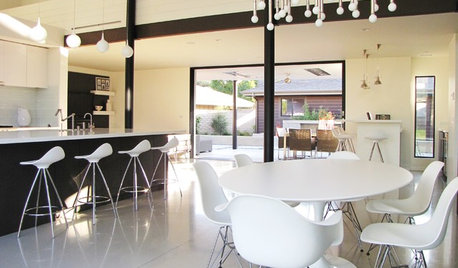
HOUZZ TOURSMy Houzz: An Orange County Ranch Gets Into the Swing of Things
Golf course views and a mild climate feature in this 1960s ranch remodeled in midcentury modern style
Full Story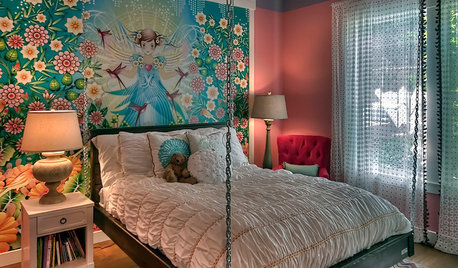
BEDROOMSGet in the Swing of Things With a Hanging Bed
Give your bedroom a style lift with a fully or partially suspended bed — or one that just mimics the look
Full Story







bill_vincent